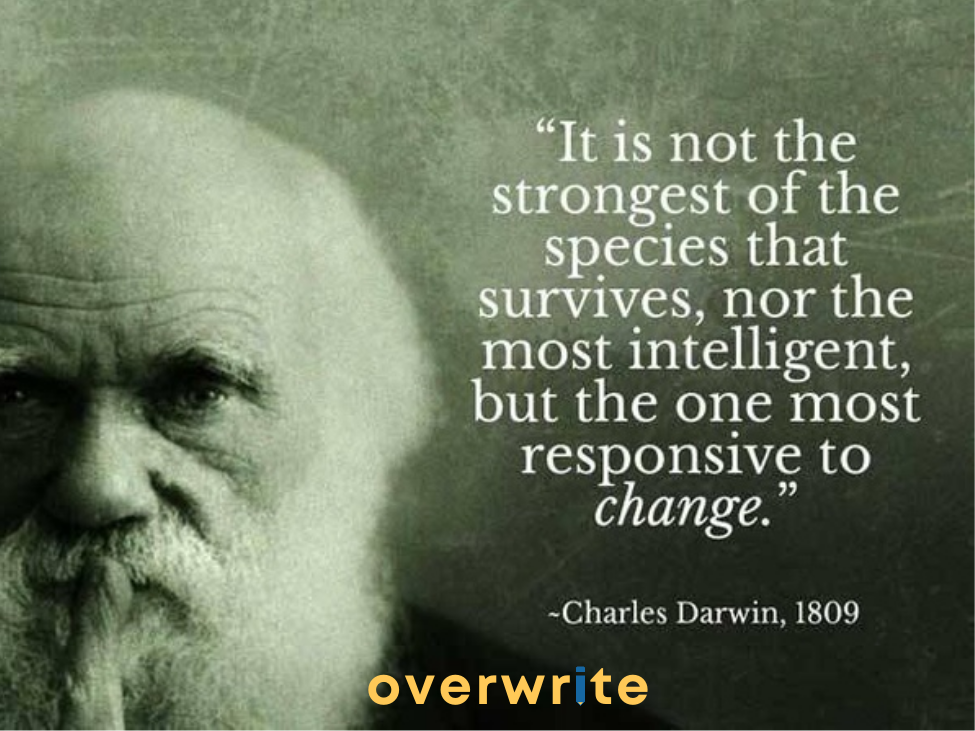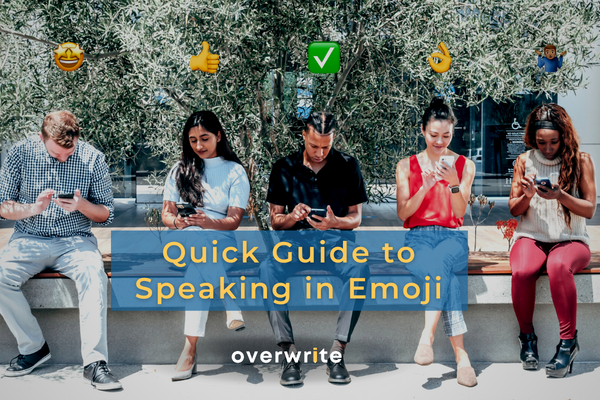Like a pride of lions, your reputation, and that of your Agency, are intertwined. And in the Real Estate Animal Kingdom, only the strongest survive.
It’s no secret. Your industry is more challenging now, than ever. The potential for massive earnings and the low barriers to entry, are leading to increasing competition.
Greater compliance oversight. Rising portal charges. Interest rate hikes. These are all very real challenges that demand your continuous evolution.
Here’s the bottom line. Estate Agents are pack animals, not lone wolves. Every Agent is bound to an Agency, and must work together to market themselves and their properties.
But what if your marketing department is failing YOU?
Hunting Together

To survive, indeed to thrive, you must hunt together. You will only ever be as strong as the brand you represent. How that brand markets itself, and markets you, is critical to your success. So ask yourself, “Is the brand I work for doing everything possible to support me?”
Continuous evolution. I said it before. I’ll say it again. If your agency’s marketing team aren’t doing enough to have your back in this cut-throat animal kingdom, you die. If they stand still, falling prey to the complacency of how they do things, you die. If they are not leveraging the latest technologies, guess what? You die.
Your marketing team has got to be top-notch. If they’re scrimping on budgets, or out of touch with tech, they’re no good to you. A weak link in your chain. Impeding your earning potential.
Animal Rights
It’s your right to query anything that could impede or enhance your income. If they’re not on their game, they’re taking you down a road to nowhere. Pure and simple.
You need to know where your marketing department’s budget is being spent. And what that’s getting you in return.
Here are 5 questions that all Estate Agents must be asking their marketing departments in 2023:
- What international and local best practices are baked into your marketing strategy?
- Are you originating tactics to distinguish you from competition, or just copying what others do?
- Do you consciously try to drive traffic to our website, and not just portals? How? What are the results?
- How do you ensure that the quality of content we, and our brand, publicly associate our names with, is always of the highest standard?
- For each marketing dollar you spend, what is our ROI? (Tip: Nothing less than 300% should suffice)
A Fighting Chance

overwrite.ai is a real estate domain-specific generative AI tool. This means that it generates accurate, localised real estate content based on specific data sets. The content is designed for customised property marketing listings and helps agents sell more homes.
A Little Tip
The easiest way to know whether your marketing team’s thinking of your best interest, is if they’ve subscribed to overwrite.ai for you. If not, get them to without further delay. Only then will you understand what you’ve been missing.
For informative news and views on the world of real estate, proptech and AI, follow overwrite on Instagram and LinkedIn, and keep up-to-date with our weekly NewsBites blog.
overwrite | real estate content creation, reimagined







